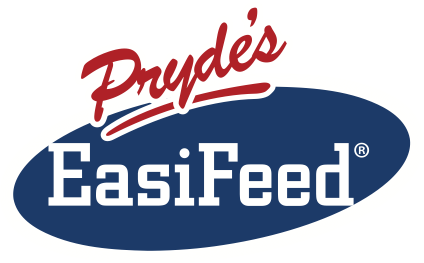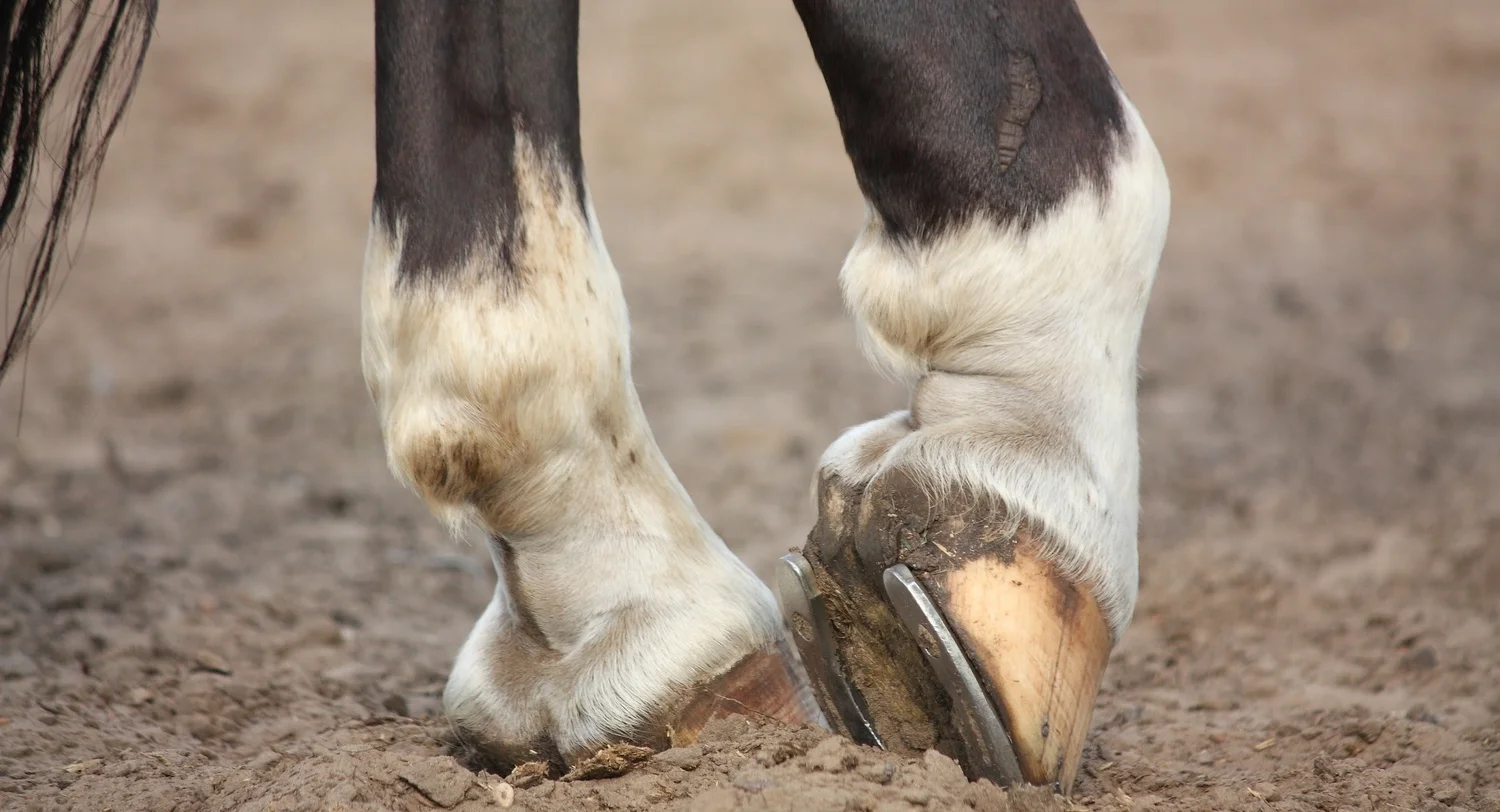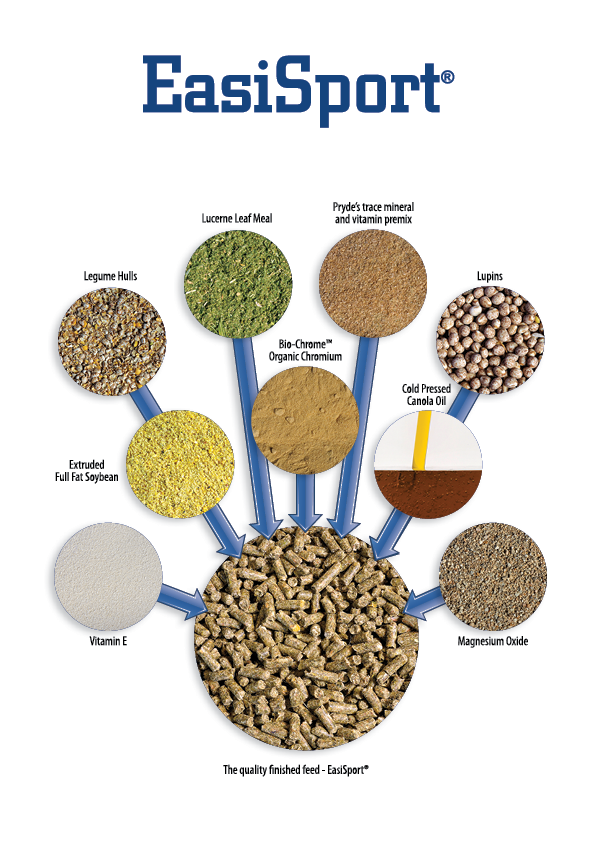Dr Nerida Richards
Getting a lactating mare’s feeding right is critical to ensure she can provide milk for her foal and provide the required nutrients for a foetus if she is pregnant again. A balanced diet is also essential to keep the mare healthy so that she can continue to produce healthy foals for years to come.
As for all horses, a mare’s requirement for energy (calories), protein, vitamins and minerals must be met. These nutrients and the role they play in a lactating mare’s diet are looked at below.
Energy
A lactating mare’s requirement for energy is double that needed by a mature idle horse. Not feeding a lactating mare enough energy means she will lose weight. If she is losing weight it will make it difficult to get her back in foal and could also reduce the amount of milk she produces for her foal.
In the reverse, if she is allowed to get too heavy in condition, her milk production may fall and the extra weight also puts unnecessary pressure on her joints and hooves which will cause pain and lameness for the mare.
The basis of a mare’s energy intake should be provided from pasture and hay. If pasture and hay is not enough to maintain body condition, high energy feeds like cooked cereal grains, high energy fibres and oils can be added to the diet.
To manage energy intake, you should assess your lactating mares for body fatness regularly and adjust their energy intake up if they are losing weight and down if they are gaining too much weight.
Protein
Lactating mares need good quality protein to enable them to provide milk for the foal and to maintain their own muscle mass. Not enough good quality protein in a lactating mare’s diet will cause milk production to fall, foals growth rates to slow and the mare will begin to lose muscle mass, which in turn may make it difficult for the mare to go back in foal.
A majority of protein in the mare’s diet should be provided by the pasture and hay the diet is based on. When there is not enough protein in the pasture and hay to meet a mare’s requirements, good quality protein sources such as soybean, lupins, faba bean, canola meal and lucerne should be used to meet requirements. Poor quality sources of protein such as cottonseed meal which have low levels of essential amino acids should be avoided for lactating mares.
Vitamins and Minerals
Vitamins are extremely important in the lactating mare’s diet and have an impact on the mare’s health and fertility as well as the foal’s growth. Mares with access to green pasture will have the majority of their vitamin requirements met by the pasture alone. Mares with limited access to fresh, green pasture will generally need to be supplemented with vitamins.
A lactating mare has massive requirements for minerals, and particularly for the macro-minerals calcium and phosphorous, which are found in large quantities in milk. While milk only contains very small amounts of trace-minerals, it is important to meet her requirements for these nutrients during lactation so she can replenish her own body reserves and have plenty on hand to ensure the structural soundness of her future foals.
Not meeting the lactating mare’s requirements for minerals will mean her body reserves are depleted, leaving her susceptible to disease and lameness. Mineral deficiency can also reduce her milk production and fertility and can affect the soundness of future foals.
A lactating mare’s mineral requirements will be partially met by the pasture, hay and grains in her diet. However, because forages are typically low in minerals it is unlikely a mare’s full mineral requirements will be met, so some supplementation will almost certainly be necessary.
Vitamins and minerals can be supplemented using a concentrated balancer pellet or a complete feed, depending on your preference for style of feeding and how much feed your mares need to maintain body condition.
If you have mares that are easy keepers, using a pasture balancer pellet will allow you to provide the vitamins and minerals she needs without providing additional calories that could make her gain unneeded weight. On the other hand, if your mares are typically hard keepers, it would be easiest to use a complete feed that provides the mare with additional calories and high quality protein as well as providing the vitamins and minerals she needs.
Salt and water
Lactating mares should always have access to salt and very clean fresh water. Lack of salt and clean water can reduce milk production and slow foal growth.
Which is the best feed for your mare? When choosing the right feed and developing a feeding program for your lactating mares you need to consider the following:
- Do you have pasture available?
- What sort of pasture do you have and what is its quality like?
- Will your mare maintain bodyweight on pasture alone, or do you need to feed additional feed for her to maintain bodyweight?
- What hay do you have available and what is its quality like?
- Are your mares typically easy or hard keepers?
- Do your mares need to gain, maintain or lose weight?
- What stage of lactation are they in?
- Do you prefer to feed a complete feed or mix your own feeds using grains and supplements?
The answers to these questions will determine whether a complete feed or a balancer pellet is best for your mares and will also help you determine what amount of feed your mares need. If your mares are typically hard keepers or if you have very little or only poor quality pasture available a complete feed will most likely give you the best results. If you have good quality pasture and/or your mares are typically easy keepers in good condition you may find a balancer pellet is all that is required. Pryde’s EasiFeed have an extensive range of feeds specially formulated for breeding mares. The Pryde’s EasiFeed BioMare Cubes provide you with a complete feeding solution for your lactating mares. Pryde’s BioMare Cubes require no mixing, can be fed alone, are well accepted by mares as well as their foals and contain all your mares need to produce strong, healthy foals, year after year.
If you would prefer to mix your own feeds Pryde’s EasiFeed 150, 200 and 250 Balancer Pellets allow you to tailor your feeding program according to current pasture conditions.
To discuss your needs and have a feeding program developed from your breeding mares, contact Pryde’s EasiFeed on 1300 732 267 or use the EasiFeed Selector to have a diet formulated for your horse.




